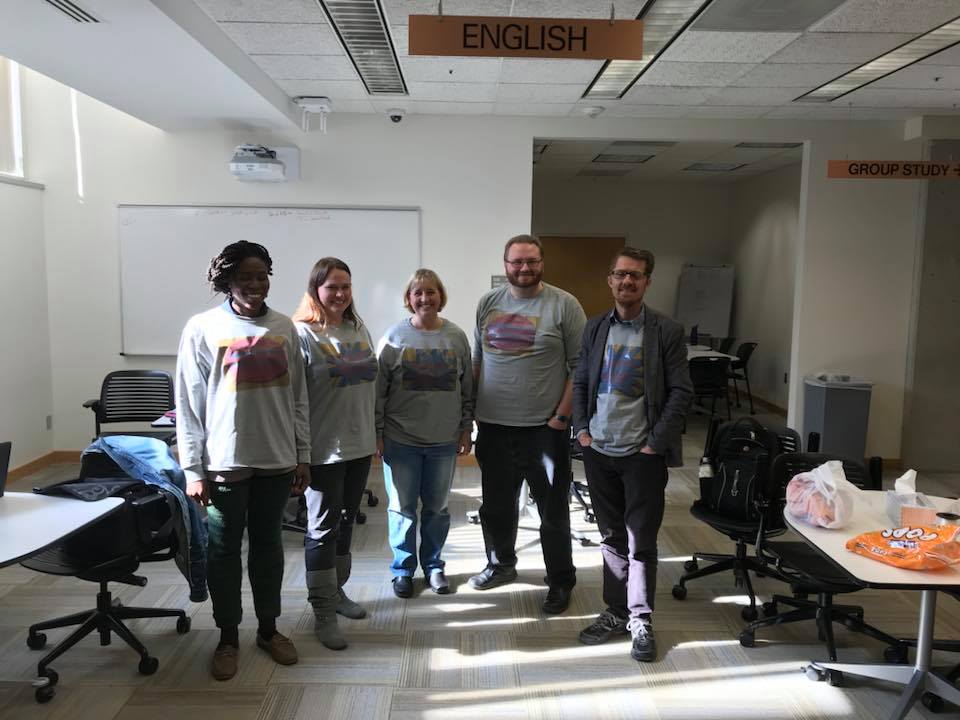I find it very difficult to encapsulate what I have done in the last three years at work. Lots has happened. And how does one prioritize what is most significant? Then, once you decide, how to represent this work? These questions are always difficult but even more so during this round of evaluations given the unprecedented COVID shift in our teaching in the spring of 2020, and the very challenging issues raised about race in March 2020 and then gender shortly after.
I’m finding it uncomfortable to slip into the normal, expected discourse of self-promotion. Part of this surely lies in my own trajectory as a human being outside any current context, but these tendencies have been sharply accentuated by the year 2020. We do rhetoric, the creation of words and sentences in order to address an audience. Yet this year has cut deeply into my belief in the ability of words to make a difference. Trump. COVID. Race and Gender in the department. The words and sentences I use to teach with, the words and sentences I use to engage my colleagues, and the words and sentences I use here to display my competency as a colleague. To summarize from Ezra Klein, a political journalist, in his book Why we’re polarized, more knowledge is not the answer–again something that has become clear in the age of the internet, disinformation, and twitter. Yet Klein highlights how priming people with facts about white privilege actually lead to MORE racial resentment. And that studies show both liberals and conservatives create more rebuttals when confronted with views other than their own, not more reflection. That gives me pause about my role as a teacher and as I imagine ways in which our department can be more equitable and learn to empathize with one another.
On a more pragmatic level, COVID ripped apart my plans for reengaging English 2010. I’d been working on an English 2010 course on political rhetoric for about a year which I was going to start teaching during the summer of 2020. I’d had several conversations with Brandon about his similarly themed course and with Clint J’s concerning his views of such a course. I’d read and reread several books: Jonathon Haidt’s A Righteous Mind, Strangers in Their Own Land: Anger and Mourning on the American Right by Arlie Russell Hochschild, The Trouble with Reality: A Rumination on Moral Panic in Our Time by Brooke Gladstone, How Fascism Works: The Politics of Us and Them by Jason Stanley, and finally, most recently and most importantly, Why We’re Polarized by Ezra Klein. But when we had to switch classes to a hybrid model with no assurance that we would be able to continue the f2f elements, I decided it best to wait on my new curriculum. What will happen to this work on political rhetoric in the time of continuing COVID and a second impeachment? Only time will tell.
What follows is a lengthy discussion of several themes which intersect, but do not align with the three standard evaluative categories (professional, teaching, service). It’s my way of making meaning of what I do and, given I’m presenting less often and rarely writing something for publication, it’s my way of pushing myself to do what I ask students to do every semester: make something with words even as my faith in the ability of words to make a difference is waning.





